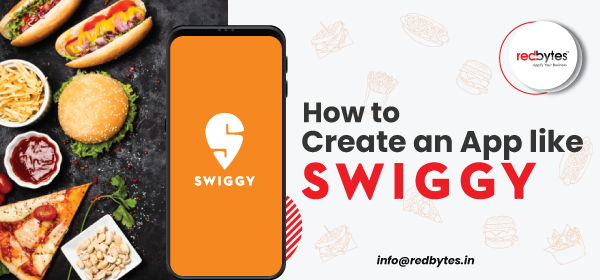In recent years, the dining scene has seen a notable shift, mostly thanks to the popularity of food delivery apps for local restaurants. These handy tools haven’t just modified how we savor our beloved dishes but also brought about both hurdles and chances for growth to restaurants of all scopes.

Food delivery apps have made a tremendous change to how restaurants operate by widening their customer base. Before these apps were around, restaurants would depend on who came walking by, on local ads, and simple word-of-mouth to bring in diners. Now, just by sweeping a finger across a screen, people have a world of food choices, even Italian dishes they can explore without even getting off the couch. This increased exposure has given small, local food joints a chance to compete on a larger stage and reach customers who may have never found them otherwise.
However, this fresh exposure brings along specific difficulties. Given the intense competition among food delivery apps, it’s essential for restaurants to enhance their online visibility to grab attention. Beautiful food photography, descriptive menus that even contain Jain food delivery for vegetarians, and praising customer reviews are key to drawing in-app users. Restaurants that successfully evolve in this digital environment flourish, while those slow to adopt may find themselves grappling to keep up.
Food midnight delivery app have hugely influenced how we consume food. Being able to order a meal from the comfort of our phone screens has spurred a growing craving for home-delivered food. This has been a boon for many eateries as their sales have soared. However, it’s also made a few restaurants question their in-house dining tactics. In order to cater to the rising delivery demands, some places are putting more thought into improving their menus and meal packaging specifically for deliveries. Even if that means letting go of the customary dining-in experience a bit.
The surge in the usage of food delivery apps has also sparked a growing interest in “virtual” or “ghost” kitchens. These are unique places that run purely to handle online orders from Korean food delivery and other restaurants, without a conventional, dine-in store front. Thanks to these ghost kitchens, lots of money can be saved on overhead costs such as rent and staff that would usually be needed for traditional seated areas. For both fresh entrepreneurs and established restaurant chains, this has become a particularly appealing model, giving them a flexible way to serve the online market specifically.
Even in the face of adversity, food delivery apps have become a saving grace for many eateries during tough periods like the worldwide COVID-19 crisis. Restrictions and lockdowns have compelled numerous restaurants to depend entirely on delivery and takeout services to stay afloat. These apps have been paramount, helping restaurants keep in touch with their clientele and ensuring a steady flow of income during these unforeseen and challenging times.
To wrap up, food delivery apps have a complex influence on the restaurant business. Sure, they’ve given restaurants unbelievable exposure and made dining more convenient than ever. But, that convenience comes with its difficulties, like intensified competition, hefty fees, and keeping up with changing customer preferences. For restaurants to flourish, they’ll need to find a sweet spot. A spot that allows them to fully utilize the advantages of delivery apps while staying afloat in the ever-changing tides of today’s dining scene. Next time you are having a dessert craving, order and your ice cream delivery will be on the way.